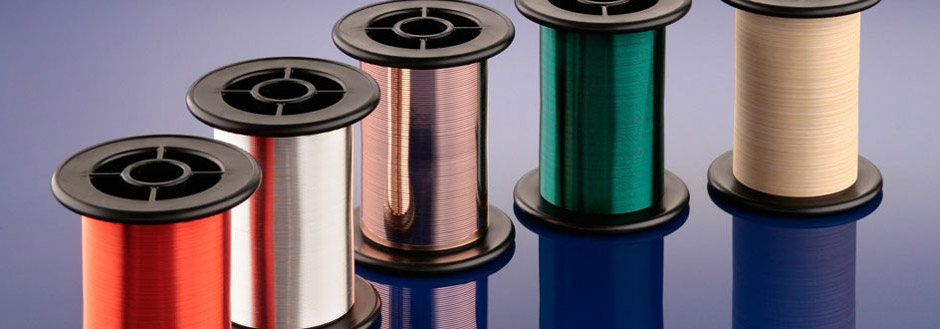Have you ever felt that you were searching for the “best of both worlds” (and not finding it!)? Every day we make choices for what we would really like to have and what we will accept. Creative metallurgists went one step further and set out to create the “best of both worlds” by combining two or more materials into one component. If you are having a hard time imagining the result, take a look at your pots and pans, especially the bottoms. Nearly all, if not all, stainless steel pots and pans these days have either copper or aluminum bottoms – a cladding that melds the high thermal conductivity of one material with the durability, hygienic characteristics, and aesthetics of another.
Clad materials are created to optimize characteristics such as strength, corrosion resistance, cost, radiopacity, electrical properties, thermal properties, weight and formability into a single component. When you think about it, insulated wire is a composite material. It combines the insulating properties of one material with the electrical properties of another. In practice, materials referred to as “clad” are combinations of two or more dissimilar metals that are metallurgically bonded together by such processes as hot rolling, pressing, extrusion, and even explosive methods. Cladding is normally applied in mills by manufacturers of sheet, plate, or tubing. Once formed, the clad materials may be further processed and fabricated to produce the desired components, (i.e, wire). Clad materials are widely used in the chemical process, offshore oil production, oil refining, and electric power generation industries.
Clad wire may be comprised of various core materials such as aluminum, copper, gold, nickel alloys, niobium-titanium, platinum, steel, tantalum, and others. Many of the same materials may also be used as cladding – aluminum, copper, nickel, stainless steel, platinum, tantalum, and others. California Fine Wire offers popular clad wires such as dumet, 27% nickel clad copper, copper clad aluminum, copper clad steel, and copper clad niobium 48% titanium.
Clad wire can be processed in the same way as standard wire, by drawing through dies for round products or rolling in mills to produce ribbon. Round wires can also be insulated with any insulation that is offered on standard wire and stranded to create multifilament cables. Call us to discover our capability to meet your specific wire needs.
Clad wire can also be readily plated with a third metal, such as copper, gold, nickel, silver, or tin; depending on the type of clad material. One example would be gold-plated dumet (NiFe core, Cu cladding).


